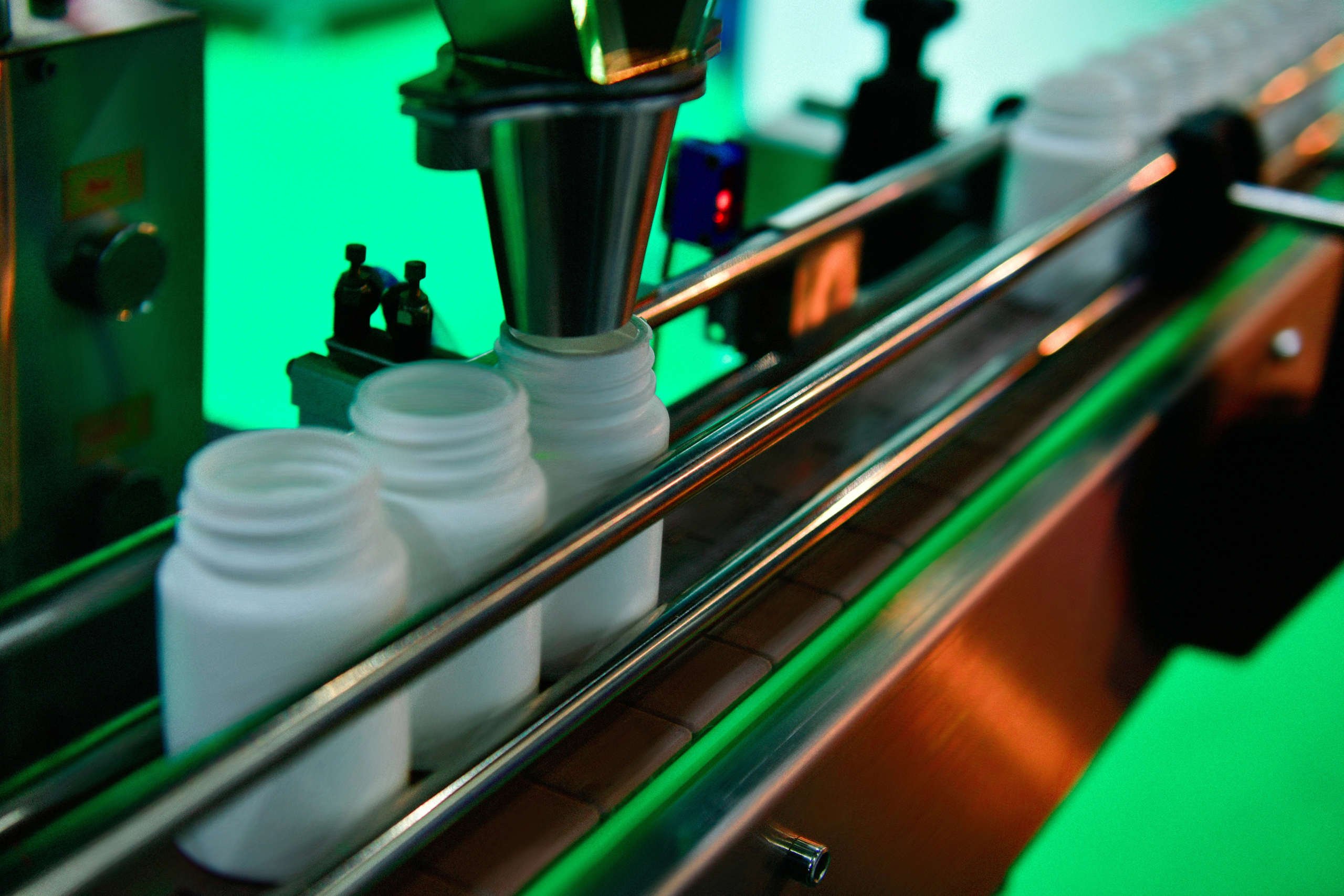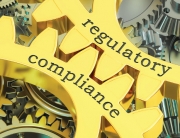What is environmental monitoring in cGMP for Dietary Supplements?
Environmental monitoring (EM) is a process that determines the quality of a controlled environment via microbial data collection. Data comes from air samples, surfaces, and personnel in a clean space.
It is a significant infraction in 3rd party cGMP audit for dietary supplements.
Monitoring the production environment is critical for enhancing food safety and quality. Environmental monitoring programs (EMPs) allow evaluation of the effectiveness of the preventative controls in food processing plants. To reduce the likelihood of pathogen transmission, cleaning, and sanitation practices are designed to target the food processing environment and equipment implicated as the root cause of numerous foodborne outbreaks.

Manufacturers do not have a standard procedure for setting up an EMP. Therefore, the procedure must be tailored to each site based on the physical type of product(s), the size and layout of the facility, and the number of workers. Evidence-based testing with adenosine triphosphate (ATP), the energy molecule found in all living cells, measures a surface’s cleanliness.
ATP monitoring only measures the organic matter left behind on a surface and doesn’t measure bacteria or viruses. It is primarily a tool used to help improve cleaning methodologies.
ATP testing is conducted using a Luminometer, a device that measures ATP, and a testing swab. Once an area is cleaned, a swab of a surface is taken. Then, the swab is placed in the Luminometer to measure the ATP level. The reading on the device is measured in Relative Light Units (RLU).
The more organic matter present on a surface will reflect in higher RLUs. So, if a surface is not cleaned effectively, it will display a higher RLU reading.
Evidential data shows that implementing evidence-based testing doubles cleanliness.
ATP provides an objective and quantifiable method for ensuring cleaning procedures are correctly performed. The data can be used to pinpoint areas for improvement, such as training or cleaning processes.
It has become a valuable tool in validating cleaning procedures, especially in critical patient care areas where cleaning results can’t be compromised.
When combined with other core systems, such as cleaning processes and training, ATP monitoring plays a vital role in eliminating contamination and helps achieve the ultimate goal.
ATP monitoring is critical in eliminating contamination and achieving the primary objective of consistently meeting Product Specifications.





